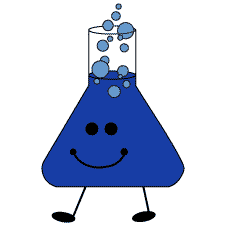The Montessori Difference
“No man exists who was not made by the child who once he was”- Dr. Maria
Montessori.
Philosophy
The Montessori Difference
This characteristic is most prevalent during the first six years of life when unconscious learning is gradually brought to the conscious level.
Children have a deep passion and need for purposeful work. While the work itself may not result in the completion of a project, it is the activity itself that creates the development of their mental, physical, and psychological powers.
Realizing that the child’s mind is different from the adult mind, this system of education is designed around the child’s developmental needs for freedom coupled with a strategically prepared environment which guarantees exposure to materials and experiences. Through this process, the child develops intelligence as well as
physical and psychological abilities. The curriculum is designed to capture the child’s desire to learn and their unique ability to develop their own capabilities.
The method that young children use to learn. The intellect of a small child is the method that young children use to learn. The intellect of a small child is developed unconsciously by absorbing everything in his environment. Early impressions are very important because they form the personality and character of the child.
The Absorbent Mind
unconsciously by absorbing everything in his environment. Early impressions are very important because they form the personality and character of the child.
Sensitive Periods
Birth to age 3 – sensory experiences
Age 1-1/2 to age 3 – language development
Age 3 to age 4-1/2 – writing development
Age 4-1/2 to age 5-1/2 – reading development
If the sensitive period is missed, the opportunity to develop naturally is lost. Skills and knowledge are acquired later in life but the period when they are absorbed is lost forever.
The Montessori teacher must be observant and prepared to recognize the sensitive period that develops for the students and be ready to capitalize on each one’s special interest within the allotted time frame.
Sensorial Materials
The senses play an important role in our lives, but never is the growth potential as great as during the early (2.5-5) years. The child develops the senses of sight, taste, touch, etc. through manipulation and experience with his surroundings.
Curriculum
Art and Music
reasoning ability. There is a sensitive period in which music is most effective in this stimulation, i.e. before the age of five.
Math
Practical Life
Language
The “absorbent mind” of young children allows them to easily acquire a second language.
During language acquisition children lay down neural pathways in the brain. These pathways establish the groundwork for advanced learning of all kinds.
Culture and Science
an introduction to Microbiology and the science of the human cell. We will also introduce the children to the use of a computer.
Contact Us
Ask a question or request a tour below.

